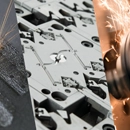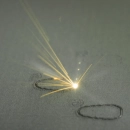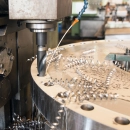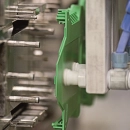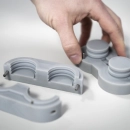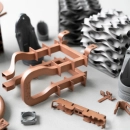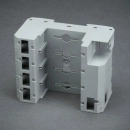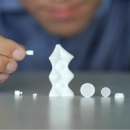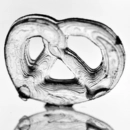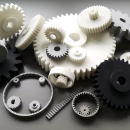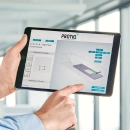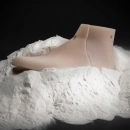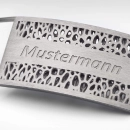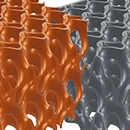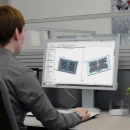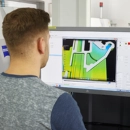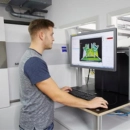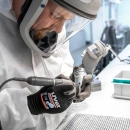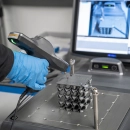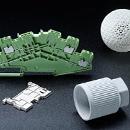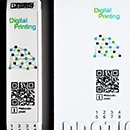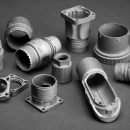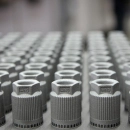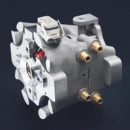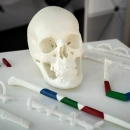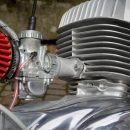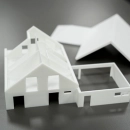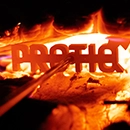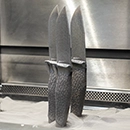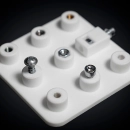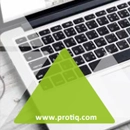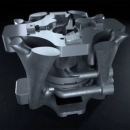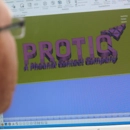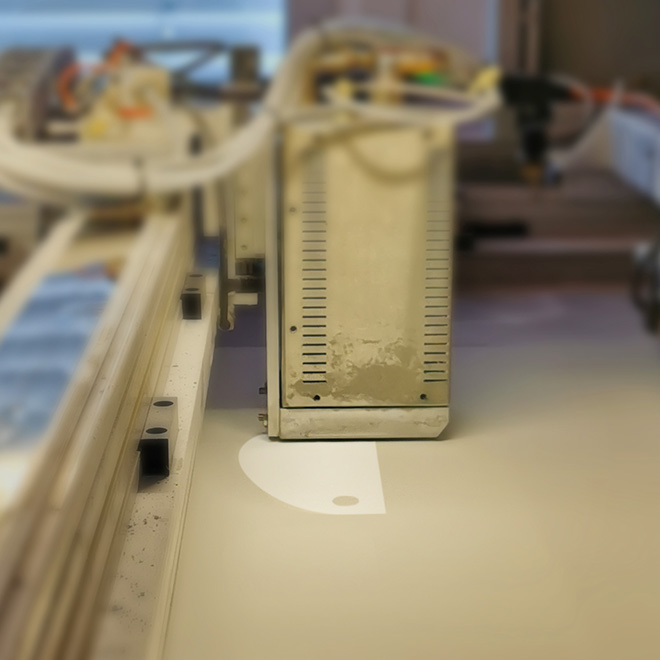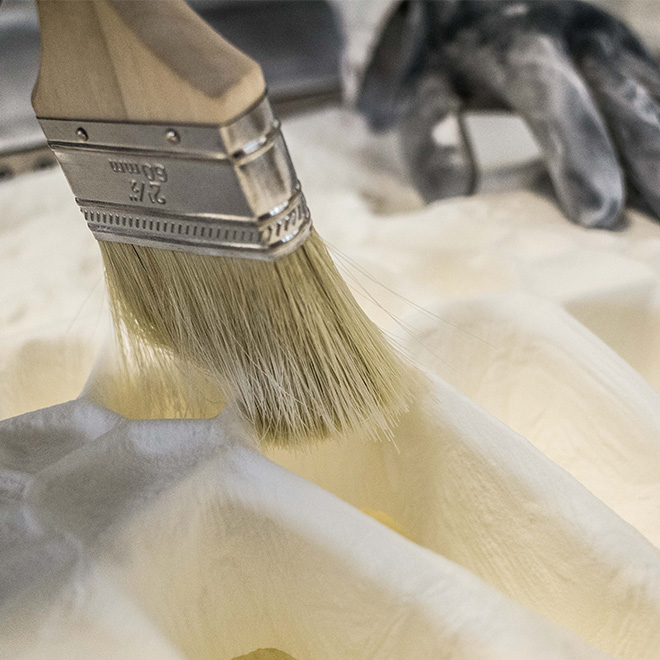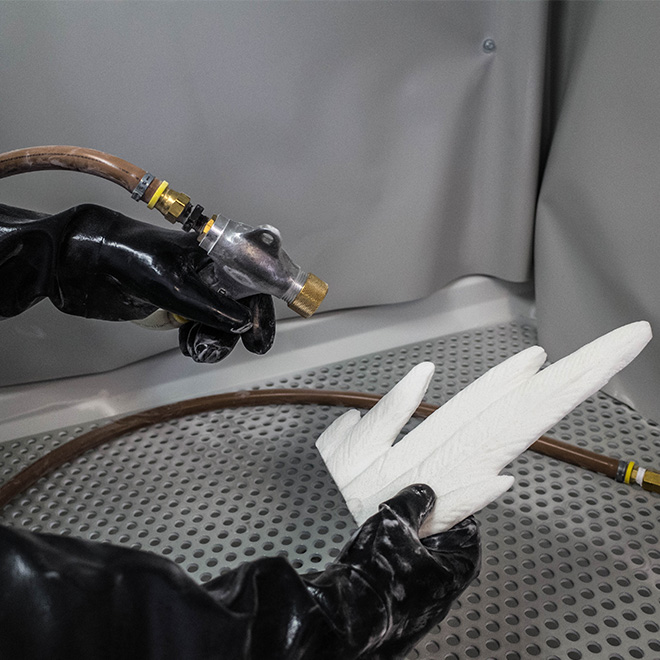Binder Jetting
The process
Binder jetting is a 3D-printing process for creating 3D objects out of plastic. In the first stage of the manufacturing process, a thin layer of powder is applied onto the building platform. Depending on the resolution and the system, the layers are between 0.08 mm and 0.15 mm thick. After the powder has been applied evenly, a liquid (binder) is applied locally at the places where the component will be produced, wetting the powder layer and causing the powder particles to bond. Then the building platform is lowered by the thickness of one layer and the process starts over again. This sequence is repeated until the last layer of the 3D model has been printed. In the next stage, the entire construction space is hardened in a heat chamber, thereby achieving its final stability. In the last stage of the process, excess powder is cleaned from the component and glass beads are fired at the component in order to obtain a compressed surface.
Advantages
- Optimal freedom in construction
- No support structures or materials required
- Suitable for large components (construction space 850 x 450 x 470 mm)
- No thermal distortion (warping)
- Cost-efficiency due to 100% powder recycling
- Good potential for reworking
Material AE12
Additive Elements specially developed the material system AE12 for the binder jetting process. Based on PMMA, it endows the finished component with properties that were not previously possible with typical binder jetting methods. In contrast to thermal processes such as selective laser sintering, AE12 involves a cold chemical process. Above all, this makes it possible to manufacture large components. More precise details regarding the mechanical properties can be found in our technical data sheet.
Applications for binder jetting
The results of the binder jetting process are three-dimensional objects in nearly every conceivable shape without the use of support structures. This property makes a wide range of applications possible, for instance model construction for the automotive industry, architectural scale models, design studies and all sorts of prototypes.
Benefit from freedom of design
There are hardly any limits to the complexity that is possible with this innovative manufacturing technology: almost any product idea can be implemented using binder jetting. Since no support structures are required for this process, any kind of three-dimensional shape can be created. Internal structures and undercuts are also possible, eliminating the need for the laborious assembly of different functional parts by allowing the component to be produced in a single work process.
More cost-efficient production due to 100% powder recycling
In contrast to powder-pack methods that are typical in the industry such as SLS and MJF, binder jetting allows for 100% of the powder that is not used for construction to be recycled and reused. This has a positive effect on the component's pricing.
Technical information
- Wall thickness starting from 1 mm
- Layer thickness 150 µm
- Components with dimensions of up to 850 mm x 450 mm x 470 mm can be manufactured in one piece
- Tolerance: +/- 0.5 %, min. 0.5 mm
Restrictions
- Slightly rough surface (caused by size of powder particles)
- Average mapping of details
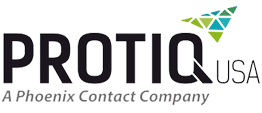


 Deutsch
Deutsch English
English Italiano
Italiano